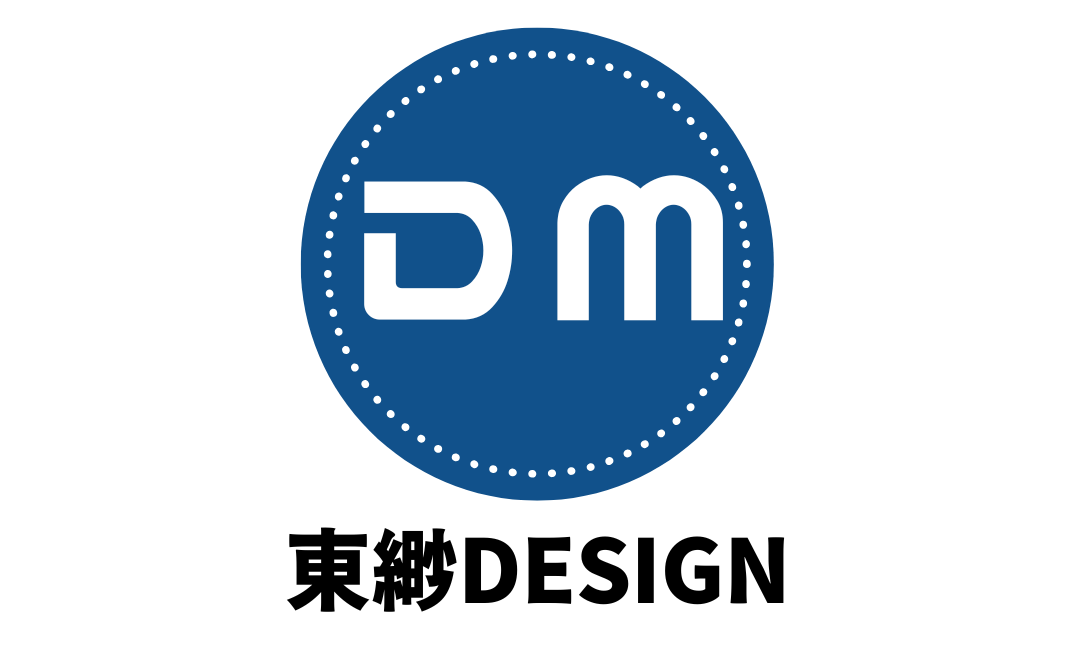WordPress Website SEO Optimization Tutorial
WordPress Website SEO Optimization Tutorial: A Comprehensive Guide
WordPress, a powerhouse in the world of content management systems (CMS), powers millions of websites across the globe.1 Its user-friendly interface and extensive plugin ecosystem make it an excellent choice for individuals and businesses alike.2 However, having a WordPress website is just the first step. To truly thrive in the online sphere, your website needs to be easily discoverable by search engines like Google, Bing, and others. This is where Search Engine Optimization (SEO) comes into play.
Optimizing your WordPress website for SEO is crucial for attracting organic traffic, increasing brand visibility, and ultimately achieving your online goals.3 This tutorial will guide you through the essential steps and methods to effectively optimize your WordPress website for search engines, even if you’re a beginner.
1. Setting the Foundation: Essential WordPress SEO Basics
Before diving into specific optimization techniques, let’s lay the groundwork with some fundamental WordPress SEO practices:
- Choosing the Right Hosting: Your website’s hosting provider plays a significant role in its performance, which is a crucial SEO factor.4 Opt for a reliable hosting provider with fast servers and minimal downtime.5 Consider managed WordPress hosting for optimized performance.
- Selecting an SEO-Friendly Theme: Your WordPress theme dictates the design and structure of your website.6 Choose a theme that is responsive (mobile-friendly), has clean code, and loads quickly. Many premium themes are specifically designed with SEO in mind.7
- Setting Up Permalinks: Permalinks are the permanent URLs of your posts and pages.8 Configure them to be SEO-friendly by using keywords and making them easy to understand for both users and search engines. Navigate to Settings > Permalinks in your WordPress dashboard and choose the “Post name” option.
- Installing an SEO Plugin: WordPress’s plugin ecosystem offers powerful tools to simplify SEO optimization.9 Install a reputable SEO plugin like Yoast SEO, Rank Math, or All in One SEO Pack.10 These plugins provide a range of features to help you optimize your content, manage metadata, and handle technical SEO aspects.11 For this tutorial, we’ll primarily focus on the functionalities offered by these popular plugins.
2. Keyword Research and Implementation
Keywords are the terms and phrases that people type into search engines to find information.12 Effective keyword research is essential for understanding what your target audience is13 looking for.
- Identify Relevant Keywords: Use keyword research tools like Google Keyword Planner, SEMrush, Ahrefs, or even free alternatives to discover keywords related to your website’s content and niche.14 Focus on a mix of broad and long-tail keywords (longer, more specific phrases).
- Implement Keywords Strategically: Once you have your target keywords, integrate them naturally into various elements of your website:
- Title Tags: Include your primary keyword at the beginning of your page or post title.15
- Meta Descriptions: Craft compelling meta descriptions that include relevant keywords and encourage users to click.16
- Headings (H1-H6): Use header tags to structure your content and incorporate keywords in relevant headings. Use your primary keyword in the H1 tag.
- Body Content: Naturally weave your target keywords throughout your content.17 Avoid keyword stuffing, which can harm your rankings.18
- Image Alt Text: When uploading images, use descriptive alt text that includes relevant keywords.19 This helps search engines understand the content of your images.20
- URLs: If possible, include your primary keyword in the URL slug of your pages and posts.21
3. On-Page SEO Optimization in WordPress (Using an SEO Plugin)
SEO plugins for WordPress provide a user-friendly interface to manage various on-page SEO elements.22 Let’s look at how to utilize these features:
- Setting Title Tags and Meta Descriptions: When you’re editing a post or page in WordPress, your installed SEO plugin will typically add a meta box below the content editor.23 Here, you can customize the title tag and meta description for that specific page, ensuring they are optimized for your target keywords and click-through rates.
- Focus Keywords: Most SEO plugins allow you to set a focus keyword for each page. The plugin will then analyze your content and provide suggestions on how to further optimize it for that keyword.24
- Content Analysis: These plugins analyze your content based on various SEO factors, such as keyword density, readability, internal and external links, and more.25 Pay attention to the feedback and make necessary adjustments to improve your content’s SEO score.
- Schema Markup: Some advanced SEO plugins offer features to manage schema markup (structured data).26 Schema markup helps search engines understand the context of your content, potentially leading to richer search results.27
- Internal Linking: While your SEO plugin might offer some suggestions, actively build internal links within your content.28 Link to other relevant pages and posts on your website to improve navigation and distribute link equity.29
4. Technical SEO for WordPress
Technical SEO focuses on optimizing the technical aspects of your website to improve crawlability and indexability by search engines:30
- XML Sitemaps: An XML sitemap lists all the important pages on your website, making it easier for search engine crawlers to discover and index31 your content.32 Most SEO plugins can automatically generate an XML sitemap for you. Once generated, submit it to Google Search Console and Bing Webmaster Tools.
- Robots.txt: The
robots.txtfile tells search engine crawlers which pages or sections of your website they should not crawl. SEO plugins often help you manage this file.33 Ensure that you are not blocking important pages from being indexed. - Website Speed Optimization: A fast-loading website is crucial for both user experience and SEO.34 Use caching plugins like WP Rocket, LiteSpeed Cache, or W3 Total Cache to improve your website’s speed.35 Optimize your images using plugins like Smush or ShortPixel to reduce file sizes without sacrificing quality.36
- Mobile-Friendliness: As mentioned earlier, ensure your WordPress theme is responsive. You can use Google’s Mobile-Friendly Test tool to check your website’s mobile optimization.37
- HTTPS: Having an SSL certificate installed on your website to enable HTTPS is a ranking factor for Google and essential for user security.38 Most hosting providers offer free SSL certificates.
5. Off-Page SEO Considerations for WordPress Websites
While this tutorial primarily focuses on on-site optimization, it’s important to remember that off-page SEO plays a significant role in your overall SEO success. This includes:
- Link Building: Earning high-quality backlinks from other reputable websites is a crucial off-page SEO factor.
- Social Media Promotion: Sharing your WordPress content on social media platforms can increase its visibility and drive traffic.39
- Brand Mentions: Getting your brand mentioned on other websites and online publications can also contribute to your SEO efforts.40
6. Monitoring and Analysis
SEO is an ongoing process, and it’s essential to monitor your website’s performance and make adjustments as needed.4142
- Google Analytics: Integrate Google Analytics with your WordPress website to track website traffic, user behavior, and other important metrics.43
- Google Search Console: Use Google Search Console to monitor your website’s performance in Google search results, identify crawl errors, and submit44 your sitemap.45
Conclusion
WordPress provides a solid foundation for SEO, and with the right practices and tools, you can significantly improve your website’s visibility in search engine results.46 By focusing on keyword research, on-page optimization using SEO plugins, technical SEO best practices, and considering off-page factors, you can attract more organic traffic, enhance your brand presence, and achieve your online objectives. Remember that SEO is a continuous effort, so stay updated with the latest best practices and consistently analyze your website’s performance to stay ahead of the competition.



